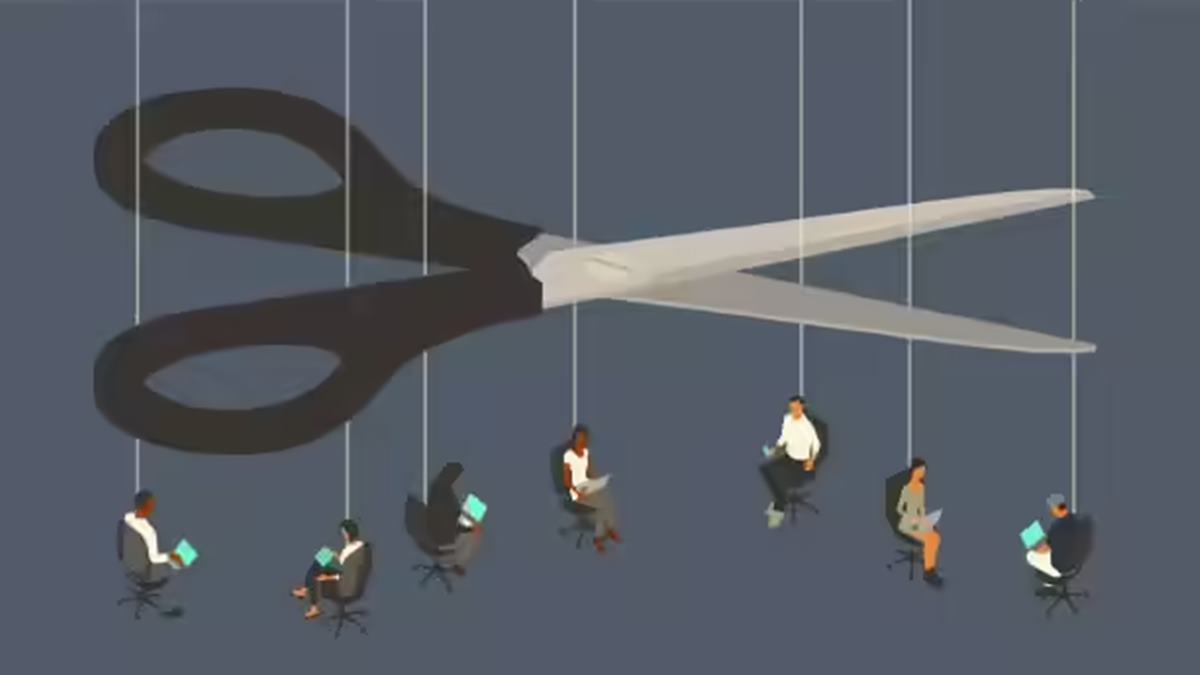The news was swift and harsh: After more than 20 years with the company, Will’s service was no longer needed. He’s not alone — according to the Bureau of Labor Statistics, the average worker will change jobs 12 times during their career, making culture assessment a critical skill.
For the first time in decades, Will had to polish his resume, update his LinkedIn and reactivate his professional network, which (he admitted) had gone a little stale after so many years of consistent employment.
Will knew what he was good at and how to present his capabilities to the market. “Either I can do the job, or I can’t,” he said. Besides, Will was participating in a job search council to help him find his professional fit for roles that caught his attention.
The real challenge, he worried, would be figuring out the culture of an organization through the interview process. “I don’t want to jump at an opportunity and then find myself in a bad situation.”
Determining cultural fit in the hiring process
Employers have gotten savvy at identifying culture fit in the recruitment and hiring process. Behavioral interview questions, panel assessments and informal conversations are common practices for determining if someone like Will can fit well inside a company.
But how can Will determine if the company’s culture will be a good fit for him?
Job seekers like Will can use the AOA (ask, observe, align) Strategy to explore their fit with the firm:
Ask strategic questions
Just as the interviewer will probe to understand your personality, ask questions that delve into the company’s personality.
The potential pain points of culture are often most evident in understanding how the company handles mistakes and challenges, as well as how teams make decisions; the pressure felt by team members; and the communication patterns and tone of leadership.
Here are questions for assessing culture fit during the interview process:
- “Can you describe a recent challenge the team faced and how you worked through it?”
- “Would you recommend working here to a friend, and why or why not?”
- “How does the company handle mistakes or failures? Can you share an example?”
- “What three words would describe the communication style here?” (Good answer: “Direct, collaborative, supportive” vs. Red flag: “Fast-paced, demanding, results-driven”)
- “What is a typical day here for someone in this role?”
- “How are decisions typically made on the team?”
- “How approachable are senior leaders?”
- “Tell me about someone you’ve learned from in the company.”
Observe beyond words
Those questions are a good starting place, but actions speak louder than words.
During the interview, watch the dynamics:
- Are they running on time and prepared?
- How do interviewers interact with each other?
- Do their stated values match what you observed?
- Do they seem genuinely interested in your questions?
- What’s the energy level and tone of conversations?
- Are you clear on why the last person left the role, and why an internal hire isn’t being made?
Perhaps even more importantly, observe what is happening before and after the interview, as well as in the community.
- Are non-leadership team members treated with respect?
- What is the company’s reputation in the community?
- How many cars are in the parking lot at 7 am? 6 pm? 7 pm?
- Does an online search reveal numerous complaints against the company?
Align your values
Finally, do the work of reflecting on what you’ve heard and observed, and determining if you’re a probable fit for the culture.
- Do their values resonate with you?
- Do the growth opportunities align with your goals?
- Can you see yourself thriving in their described environment?
- Does their communication style or approach to autonomy match your preferences?
- If you have a partner at home, what have they noticed about this role?
Throughout the align process, be aware of red flags (signals that something may be amiss) and green flags (evidence that confirms a good fit).
| Red Flags to Watch For | Green Flags to Watch For |
| Vague answers about company valuesHigh turnover mentions without explanationHesitancy about considering internal applicantsInterviewers disengaged or were unpreparedConflicting information from different interviewersPressure tactics or unrealistic timeline expectationsDismissive treatment of non-executive team membersEnergy levels that conflict with your own | Interviewers give specific examples when answering your questionsHonesty about challenges and how the company addresses themPeople tell consistent stories about company values and cultureInterviewers speak positively about their colleagues They can name specific people they’ve learned from or been mentored byCross-functional collaboration stories come up naturallyEvidence of internal promotion and professional developmentEnergy levels match your own |
Taking your time
For professionals like Will, the pressure to find the next job can push you to give a quick yes to any offer, rather than pausing to evaluate the culture. In the long run, however, a few extra months of (admittedly stressful) job seeking can save you years of trying to extract yourself from a culture that doesn’t fit your personality.
To assess culture, practice the AOA Strategy. The key is asking thoughtful questions and paying attention to both what’s said and what’s demonstrated during the process. Mind the red flags, celebrate the green flags.
Remember: A job interview isn’t just about proving you’re right for them — it’s about discovering if they’re right for you. Take the time to AOA your way to a culture that fits.
Source – https://www.smartbrief.com/original/the-job-seekers-guide-to-reading-company-culture




















